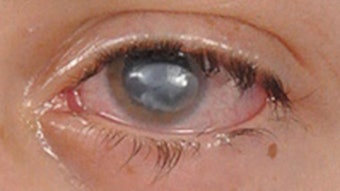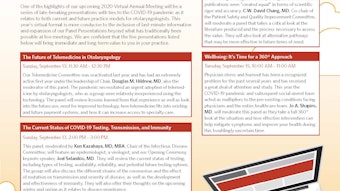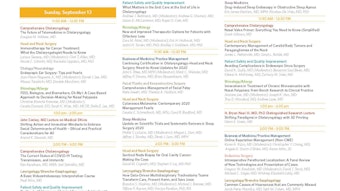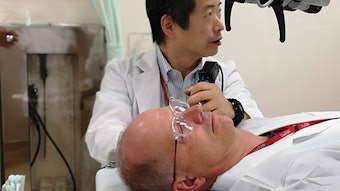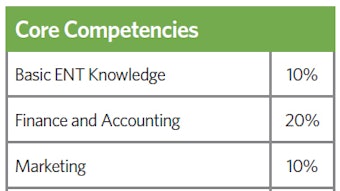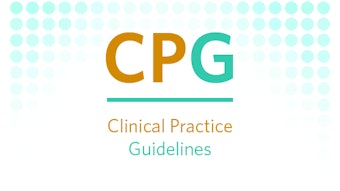SPONSORED CONTENT FROM AAO-HNS ACADEMY ADVANTAGE PREMIER PARTNER: THE DOCTORS COMPANY
While most resources are directed at screening for COVID-19 and treating affected patients, there is another important aspect of the pandemic: the impact on your patients’ mental health. Anxiety is being exacerbated by patients’ mistrust of the healthcare system and fear that they or their loved ones will contract the virus. A recent survey indicated that 67% of people have increased levels of stress since the start of the COVID-19 outbreak.


Reopening Your Practice: Avoid Risks when Treating Stressed Patients during COVID-19
While most resources are directed at screening for COVID-19 and treating affected patients, there is another important aspect of the pandemic: the impact on your patients’ mental health.1
Anxiety is being exacerbated by patients’ mistrust of the healthcare system and fear that they or their loved ones will contract the virus. A recent survey indicated that 67% of people have increased levels of stress since the start of the COVID-19 outbreak.2
What are some warning signs or cues that show a patient is in emotional distress? Watch for the following signs when seeing a patient onsite or via telehealth:
- Changes in appetite, sleep, and/or behavior
- Nonverbal cues during an interview
- Decreased or no energy
- Changes in cognition
- Feelings of hopelessness/helplessness, being overwhelmed, irritability, fear/worry
- Withdrawal from friends/family and activities
- Increased conflict within relationships
- Lack of follow-through with seeing therapist and/or psychiatrist
- New somatic complaints
- Excessive smoking, drinking, or using drugs
If these warning signs are missed and an adverse event—such as suicide—occurs, the healthcare provider may face the risk of a medical malpractice claim.
While the vast majority of your patients who are anxious and stressed about the COVID-19 virus are not suicidal, it is important to keep in mind the possibility of suicide as you complete your assessment. A helpful resource is the Suicide Prevention Toolkit for Primary Care Practices (http://www.sprc.org/settings/primary-care/toolkit) from the Suicide Prevention Resource Center and the Western Interstate Commission for Higher Education Mental Health Program.
The above key elements of the Stress First Aid peer support model3 have been linked to better functioning during times of ongoing stress and should be used in discussion with patients showing signs of anxiety.
During these discussions, explain to patients the importance of self-care during times of stress and the importance of staying connected to their support system. Provide positive encouragement and reinforcement.
References:
- Diamond R. Watch for the signs: Screen all patients for suicidal thoughts. The Doctors Company. Published November 2016. Accessed May 19, 2020. https://www.thedoctors.com/articles/watch-for-the-signs-screen-all-patients-for-suicidal-thoughts/
- Qualtrics. The other COVID-19 crisis: Mental health. Published April 2020. Accessed May 19, 2020. https://www.qualtrics.com/blog/confronting-mental-health/
- National Center for PTSD. For Leaders: Supporting Your Staff During the Coronavirus (COVID-19) Pandemic. Published April 9, 2020. Accessed May 18, 2020. https://www.ptsd.va.gov/covid/COVID_leaders_support_staff.asp










